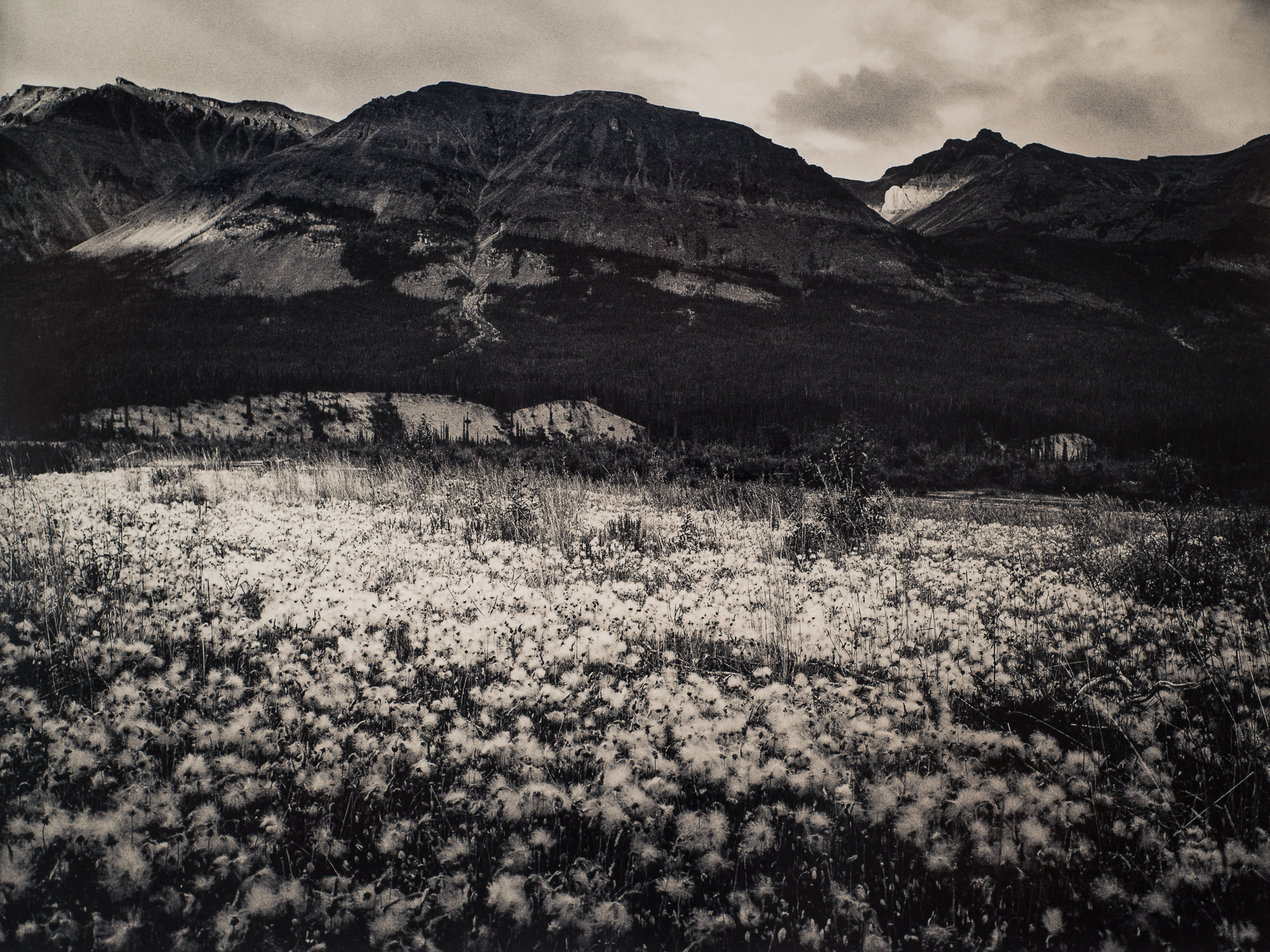pentaxuser
Member
Yes I did much the same as you ,adelorenzo but my Y and M combination was simply to increase the grade as I would have done with a B&W negative.
Cruzingoose appeared to be tailor-making his filtration to eliminate certain colours present in the colour negative and make others colours present more snappy rather than increase contrast as you would with a print from a B&W negative. My prints were not bad but probably did lack a bit of "snap" to use a technical term . I am just wondering if anyone else has attempted this as a better way to render C41 negatives better on B&W
. I am just wondering if anyone else has attempted this as a better way to render C41 negatives better on B&W
pentaxuser
Cruzingoose appeared to be tailor-making his filtration to eliminate certain colours present in the colour negative and make others colours present more snappy rather than increase contrast as you would with a print from a B&W negative. My prints were not bad but probably did lack a bit of "snap" to use a technical term
 . I am just wondering if anyone else has attempted this as a better way to render C41 negatives better on B&W
. I am just wondering if anyone else has attempted this as a better way to render C41 negatives better on B&W pentaxuser





